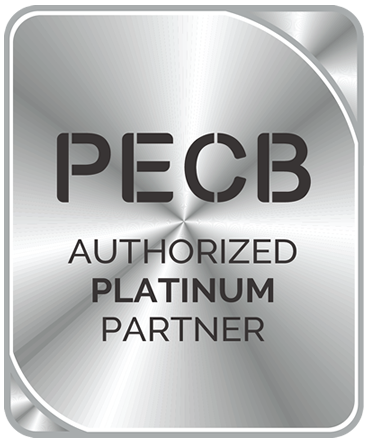ISO 27001 is the only internationally recognized and accepted certification for information security management systems (ISMS) worldwide.
International Standardization of:
1. Clause 4-10 – Information Security Management System “generic” requirements that must be met to be certified to ISO 27001.
2. Annex A – The generic guide to the typical information Security control objectives and controls to be considered and/or applicable to the clause 4 Context of the Organization (scope), assets and related risk assessment process in Clause 6 Planning.
ISO 27001 Framework:
The ISO 27001 Framework and Information Security Management System (ISMS) provides an umbrella over all information assets. The system manages multiple legal, regulatory and contractual compliance requirements including HIPAA, PCI, SOX, SSAE 16, FISMA, etc.
Reasonable Assurance:
ISO 27001 Certification provides external validation and reasonable assurance to interested parties that risk based controls are in place to protect information assets.
Prioritization and Focus:
The required ISO 27001 Risk Assessment provides a system to calculate risk value (likelihood x impact) allowing an organization to prioritize and focus on controls to mitigate high risk to its information assets.
Cost Benefit / Return on Investment:
ISO 27001 provides informed decisions based on risk and the continuous improvement management cycle. This information allows managers to determine how many people to hire, how much time to spend, cost vs benefit, what tools to purchase, what systems to audit, how much insurance to buy, how to respond to various incidents, etc.
Training and Awareness:
Provides the organization with information security training and awareness for executives, management and employees, which ultimately helps the company meet its control objectives.
Continuous Improvement Cycle:
Provides the organization with a continuous improvement cycle providing the ISMS with control maturity which mitigates risk to information assets.
Sales Differentiator:
Provides early adopters with a prestigious internationally recognized and accepted certification allowing a market and sales differentiator. Provides external clients with reasonable assurance.


